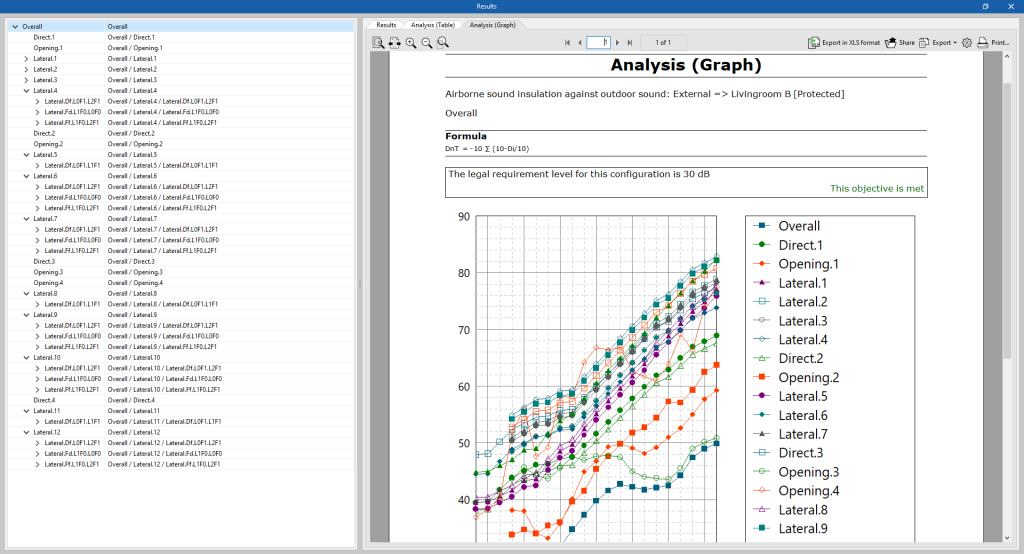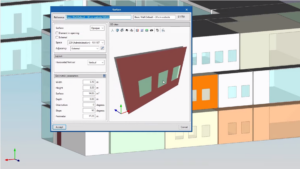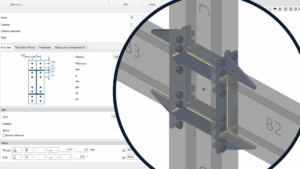Designers in the construction industry need sophisticated IT tools to carry out the design and analysis of increasingly complex projects. The design of buildings with more creative and dynamic forms, together with the publication of more demanding codes, is forcing construction professionals to work with programs that guarantee accurate and realistic results, offering, above all, confidence and productivity.
To achieve this, current software implements complex algorithms that enable successful results to be obtained. Architectural design, structural analysis, estimation of energy demand and consumption, lighting, MEP, thermal performance, acoustic performance, etc. All areas involved in the construction of a building currently require the preparation and presentation of professional projects that accredit and verify compliance with codes and the safety of the work carried out.
Algorithms responsible for carrying out the different analyses are implemented into so-called analysis engines. They allow specialists to design, analyse and check the most suitable conditions for the objective sought by the construction professional in the most efficient way possible, by studying the different options proposed and their subsequent optimisation.
Nowadays, as specialists have replaced manual analyses with the use of CAD programs, BIM technology is catching on in the industry and design and analysis software is being adjusted to it in order to improve the professional experience of specialists. Therefore, software developers are adapting their programs to continue delivering the best results with analysis engines accredited by the international scientific community within a BIM workflow that is expanding professionals' possibilities.
This is already benefiting our software users, who have different applications that operate with this type of analysis engine. Thanks to the fact that BIMserver.center centralises the information and documents generated by each of them, and makes it easier to share these data, models and documents with other tools, improving the quality of the projects.
Next, we are going to review some of the analysis engines implemented in the different CYPE applications. The use of these applications allows specialists to know beforehand that the results will be backed by the trust and prestige that the international scientific community has given to analysis engines throughout history.
Analysis engines available on BIMserver.center and included in the BIM workflow
Radiance analysis engine for lighting
Radiance is an open-source engine that analyses illumination levels from a file where the geometry, materials and climatic conditions are defined. This tool was developed by Greg Ward between 1985 and 1997 at the Lawrence Berkeley National Laboratory. Today, it is the most valued by lighting professionals. This analysis engine is implemented in CYPELUX, a program for calculating the lighting levels of normal and emergency lighting installations with which architects and engineers can predict the lighting, visual quality and appearance of spaces.
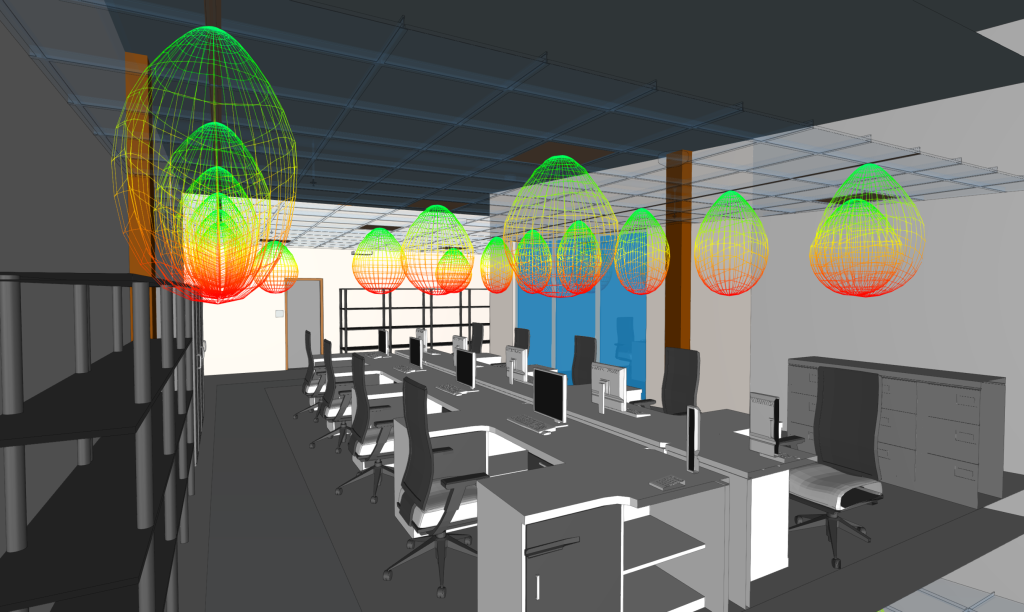
EnergyPlus™ analysis engine for energy simulation
EnergyPlus™ is an analysis engine developed by the US Department of Energy and is considered to be one of the most widely used, powerful and recognised energy simulation engines in the world. This is an excellent solution for the energy simulation of buildings, allowing users to determine the energy demand of buildings, as well as the energy performance of air conditioning systems, determining the energy consumption per supply system and energy vector used.
EnergyPlus™ is available in the following programs: CYPETHERM HE Plus (CTE 2019), CYPETHERM EPlus, CYPETHERM SCE-CS Plus (Portugal), CYPETHERM Improvements Plus, CYPETHERM FUJITSU
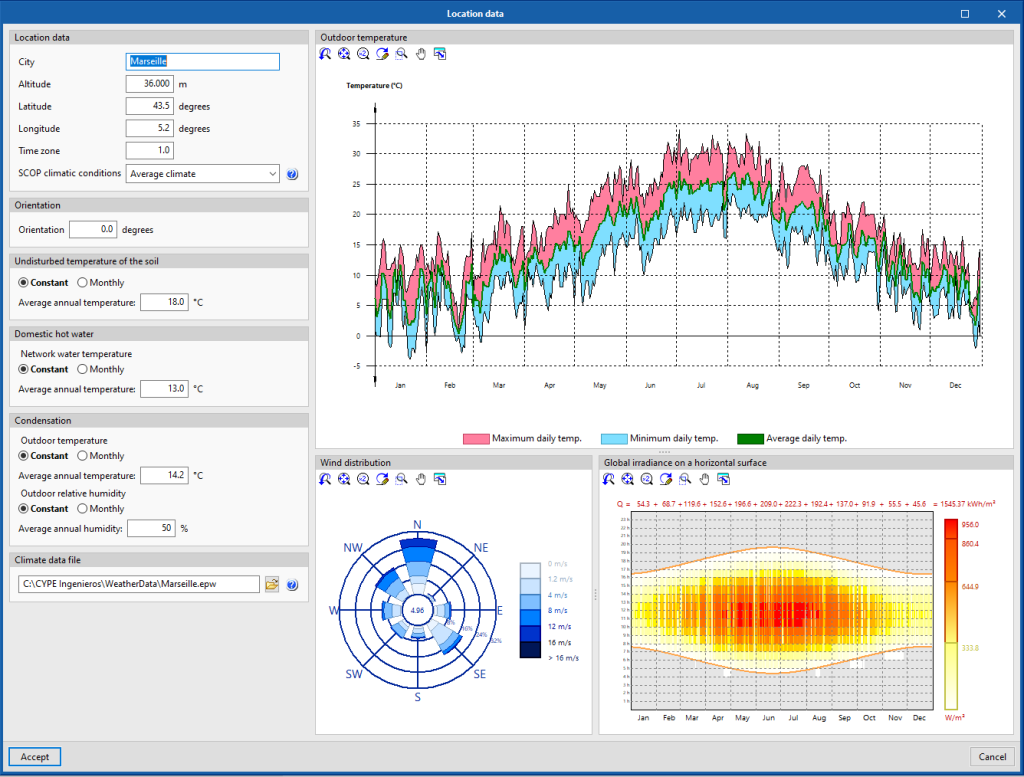
EPANET analysis engine for hydraulic analyses
EPANET is an engine for analysing hydraulic and water quality behaviour in pressurised water distribution networks. The program was developed by the Water Supply and Water Resources Division of the U.S. Environmental Protection Agency's National Risk Management Research Laboratory in the United States and is currently the most widely used hydraulic modelling solution in the world.
The results of this analysis engine can now be used in the Open BIM workflow thanks to its implementation into CYPEFIRE Hydraulic Systems, an application that enables the design of hydraulic fire extinguishing systems.
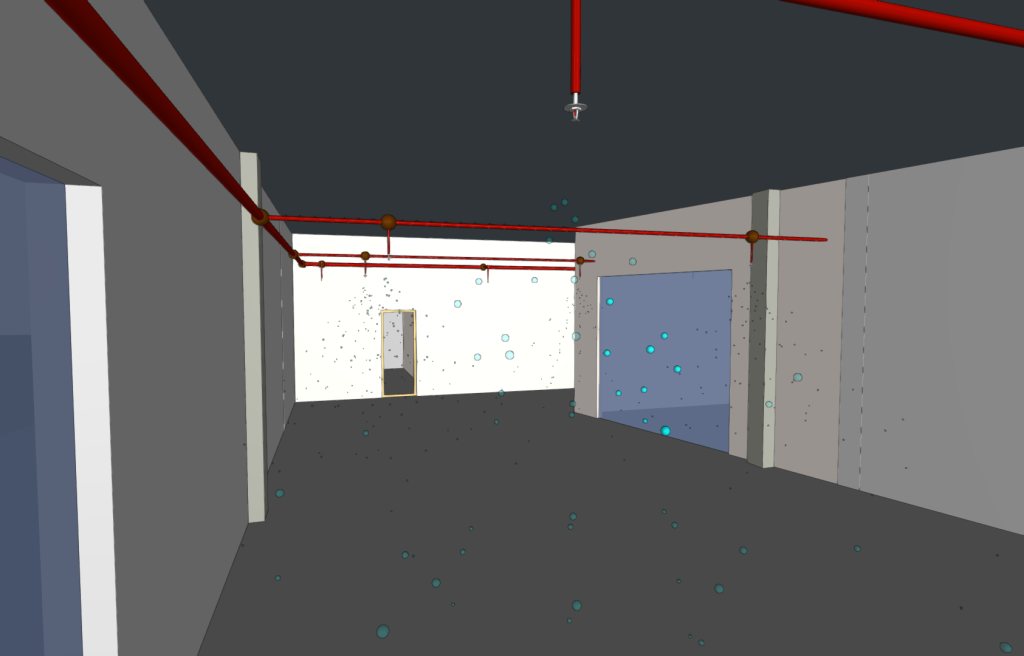
Fire Dynamics Simulator (FDS) analysis engine for the behaviour of smoke and fire
The Fire Dynamics Simulator (FDS) is a computational fluid dynamics (CFD) model of fire-driven fluid flow. Developed by NIST (National Institute of Standards and Technology, USA), the FDS analysis engine is used internationally to analyse both the smoke and fire behaviour in fires, allowing data to be obtained for the study of the evacuation of building occupants.
This analysis engine is implemented in the CYPEFIRE FDS program for the design of complex building models and the execution of fire evolution simulations. These simulations can be visualised on our platform using the free CYPEFIRE FDS Viewer application, which in turn has implemented the graphics viewer, Smokeview (SMV), also developed by NIST.
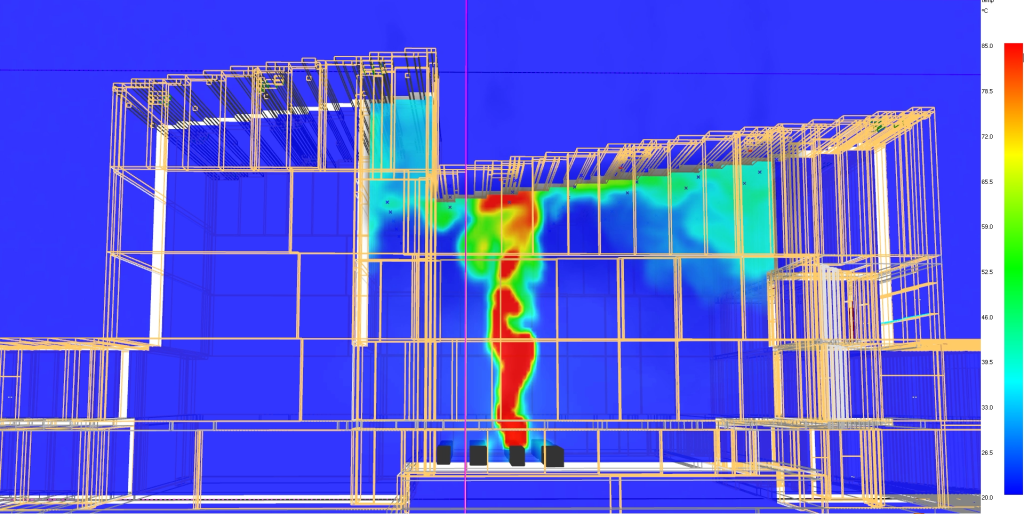
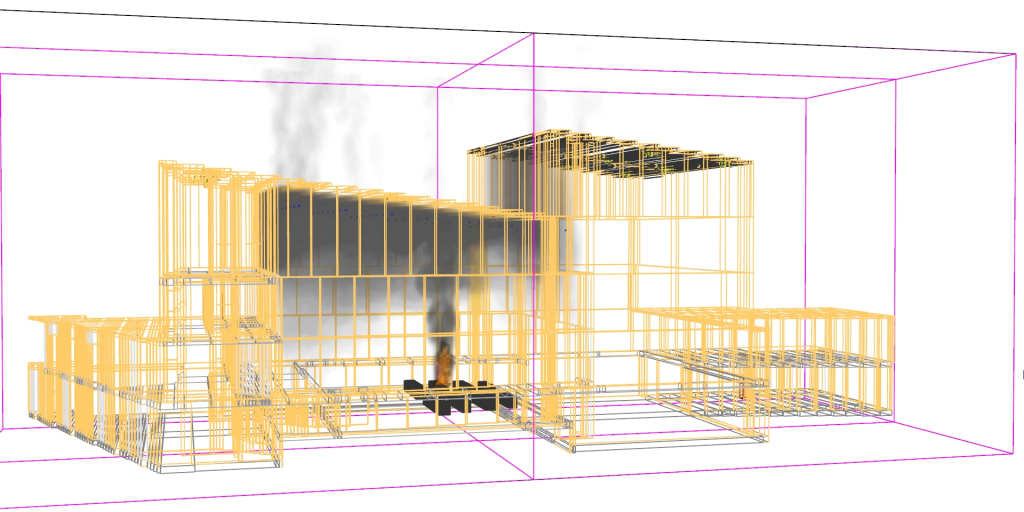
OpenSees for structural analysis
The Open System for Earthquake Engineering Simulation (OpenSees) analysis engine for both the linear and non-linear analysis of structures was developed by Frank McKenna, Gregory L. Fenves and Filip C. Filippou at the University of California, Berkeley. This analysis engine is widely used to simulate the behaviour of structural and geotechnical systems subjected to earthquakes, as its name suggests, which has positioned it as a reference solution among academics and professional experts in advanced structural analysis.
The structural programs that already work with the OpenSees analysis engine are the following: StruBIM Steel, StruBIM Analysis, StruBIM Design, StruBIM Foundations and CYPE Connect Steel.
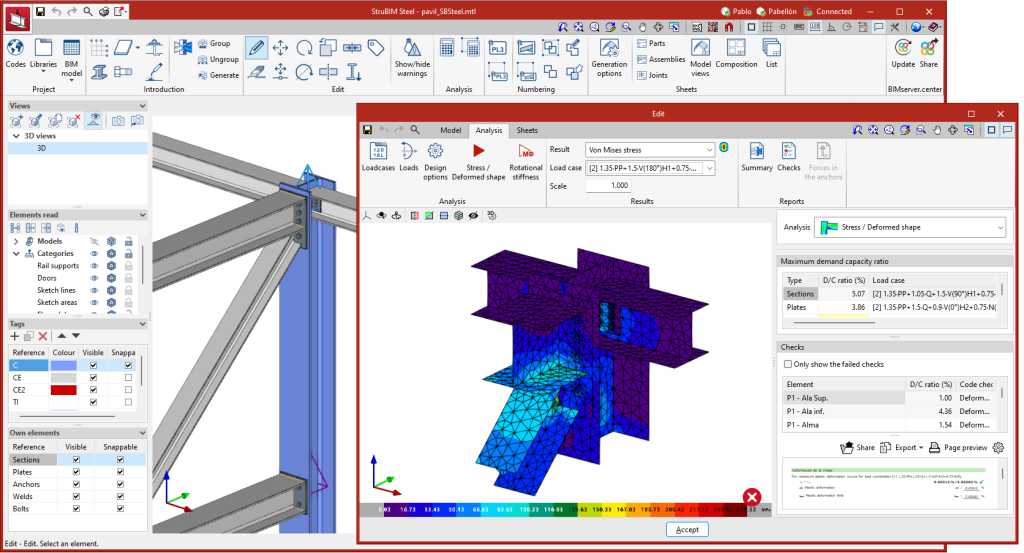
Analysis engines developed by the CSTB in France
The CSTB is a public organisation that aims to ensure the quality and safety of buildings and to support innovation in the industry. It does this through four key activities: research and expertise, assessment, certification and dissemination of knowledge. By means of these activities, it assists professionals in promoting the quality and safety of buildings. As part of its research activity, the CSTB has been labelled as Institut Carnot since 2006 and develops different analysis engines that have been endorsed by the scientific community in the construction industry. In our programs, and thanks to the collaboration with CSTB, we have the following:
- COMENV for Environmental Impact and Life Cycle Analysis
The COMENV analysis engine is the standard used in France to carry out the environmental assessment of new buildings and renovations, as it is used by the French public authorities as part of the E+C- assessment. The data provided by this engine is used as the basis for the analysis of the Life Cycle Assessment (LCA) of the RE 2020 environmental regulation. COMENV is the analysis basis for ELODIE by CYPE, the CSTB’s benchmark software used by a community of more than 1,100 users.
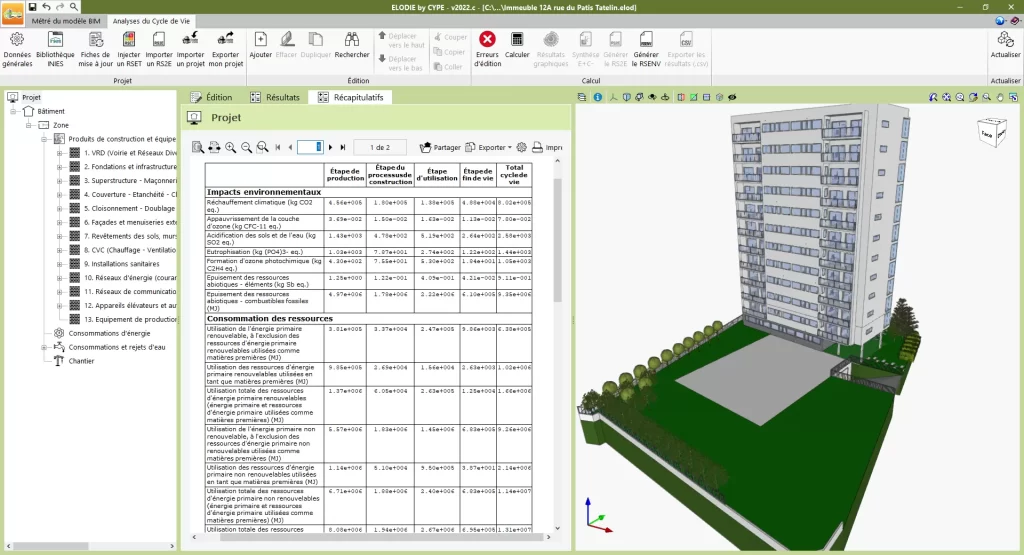
- COMETH for dynamic energy simulation
The COMETH analysis engine enables dynamic energy simulation (SED), considering both energy modelling and thermal comfort. This solution is implemented in the CYPETHERM COMETH program, which allows designers to carry out energy simulations of buildings, and determine the energy demand of buildings and the energy consumption of air conditioning systems provided in an Open BIM workflow.
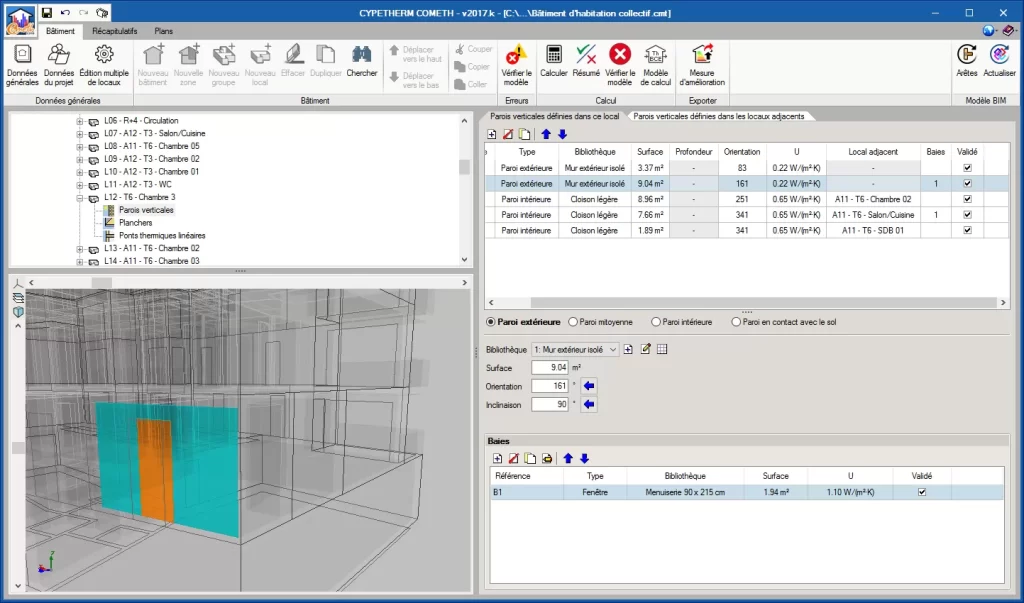
- AcouBAT analysis engine for the acoustic performance
The AcouBAT by CYPE program incorporates the acoustic testing database of the AcouBAT analysis engine managed by the CSTB. Through its use, specialists study the sound insulation and absorption of buildings. More specifically, it calculates the indices that evaluate airborne sound (indoor and outdoor) insulation, impact sound insulation and the reverberation level in interior spaces, in accordance with the procedure contained in the EN ISO 12354:2017 standard.
AcouBAT by CYPE allows users to carry out the design and analysis of the sound insulation and absorption of any type of building, complying with the regulations of any country, which can be configured manually. Additionally, the program includes the following predefined regulations: CTE DB HR (Spain), Nouvelle Réglementation Acoustique (NRA, France), Regulamento dos Requisitos Acústicos dos Edificios (RRAE, Portugal), Determinazione dei requisiti acustici passivi degli edifici (D.P.C.M. del 5 dicembre 1997, Italy) and NBR 15575 (Brazil).
